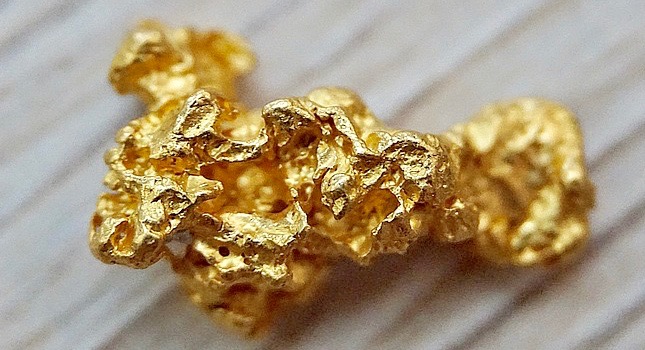
At one time Victoria was a richer gold bearing area than any other place in the world, with the exception of California. In 1856, which was Victoria’s richest year, 3,053,744 ounces of gold was recovered, with over 60-million ounces recovered between the years of 1851 and 1896. Cohens Reef was particularly rich, producing over 1.6 million troy ounces with a 40 year stretch.
The first gold was found by the Hon. W. Campbell in 1850 at Clunes, when he found pieces of gold bearing quartz. He kept his find quiet and only made his find public in 1851. The first truly profitable area was found by James Esmond in July 1851 at a tributary of the Loddon River called Creswick’s Creek, in Clunes. A mere four days later Louis John Michel reported finds of gold in quartz in a tributary of the Yarra River called Anderson’s Creek near Warrandyte.
At the same time, Esmond found yet another profitable area in the Pyrenees Mountains. Within a short time many goldfields were located near Mount Alexander, and Thomas Hiscock, prospecting in the Buninyoung Ranges in 1851, located a deposit in a gully.
In an area known as Specimen Gully, Thomas Peters discovered small amounts of gold in 1851, which started the rush to Mount Alexander. In November, Forest Creek in Castlemaine yielded gold, which was really the start of the richest gold findings in Victory, as it was possibly the richest alluvial gold field in the entire world. Gold was subsequently found by December in Bendigo.
It only took several decades for the discovery of gold to change Victoria from a small rural settlement into a prosperous colony, with goldfields stretching from the west at Stawell and Ararat to the northwest in Daylesford, Beechworth and Ovens River. During 1858-89 gold was located in Avoca, Bright, and Omeo, followed by Walhalla in 1863. Rich as these locations were, they were dwarfed by discoveries at Bendigo and Ballarat.
In November of 1906 a miner prospecting near Tamagulla brought of seven ounces of gold from a nineteen foot shaft, marking the beginning of the Poseidon rush. However, the primary gold rush happened in Berringa, to the south of Ballarat during the beginning of the 1900s. Gold continues to be discovered in Victoria, just lately in 1980 at Wedderburn.
The goldfields are not cleaned out by any means, but gold mining slowed due to the great cost of mining efforts. Since gold prices have risen some operations are starting up again in the areas of Bendigo and Ballarat, as well as more isolated areas such as Glen Wills, which is near Mitta Mitta.
Recreational prospectors continue to have luck using metal detectors. The best places to look for gold are places where gold has already been found in the past. There is plenty of gold left in Victoria, and a patient prospector is likely to be rewarded for his efforts. Following is a list of some of the primary gold finds in Victoria:
Ballarat, Beechworth, Bendigo-Blackwood, Wedderburn-Girabaldi, Bethanga, Gaffney’s Creek, Castlemaine, Walhalla, Warrandyte-Rushworth, Dargo, Inglewood-Kingower, Dunolly-Bealiba, Steiglitz-Maldon, Lauriston-Taradale, Stawell-Ararat, Maryborough, Possum Hill-Llanelly, Moliagul, Pyrenees, and Rheola-Whela.
Next: How to Clean Gold Nuggets
